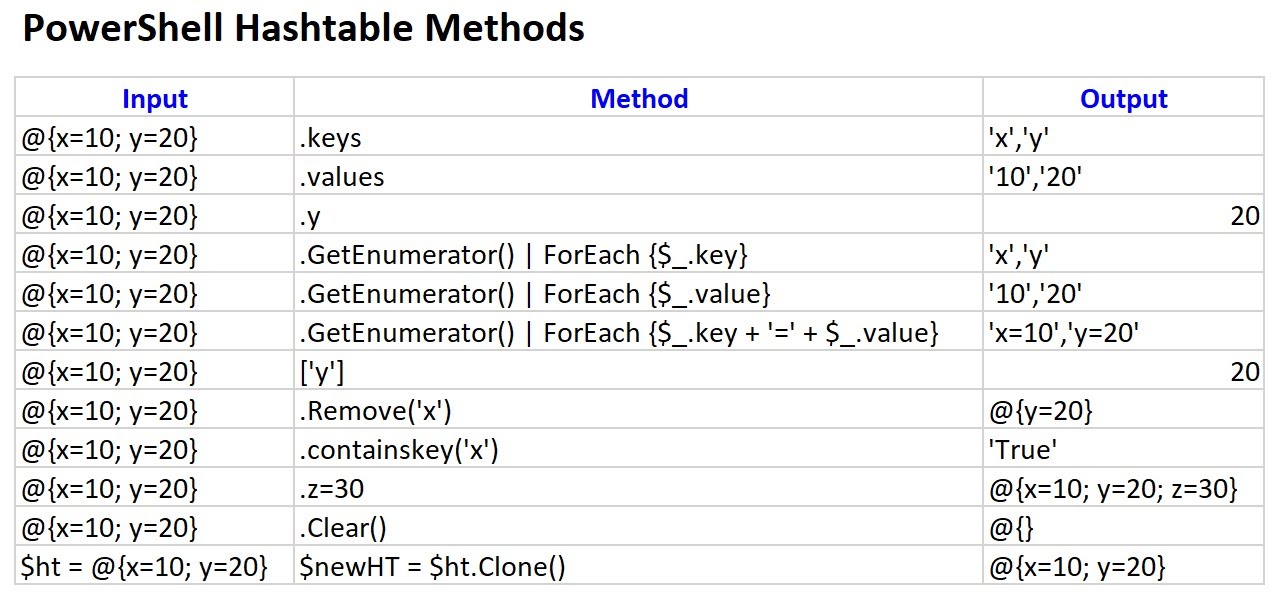Resetting the Admin Password in VMware Aria Operations for Logs Using li-reset-admin-passwd.sh
VMware Aria Operations for Logs (formerly known as vRealize Log Insight) is a powerful tool for log management and analysis, which is essential for monitoring, troubleshooting, and security auditing in…


